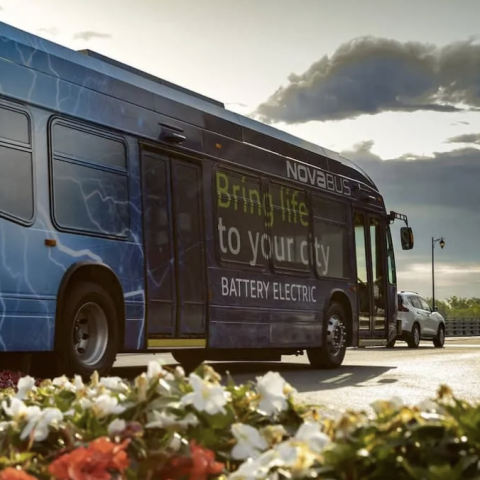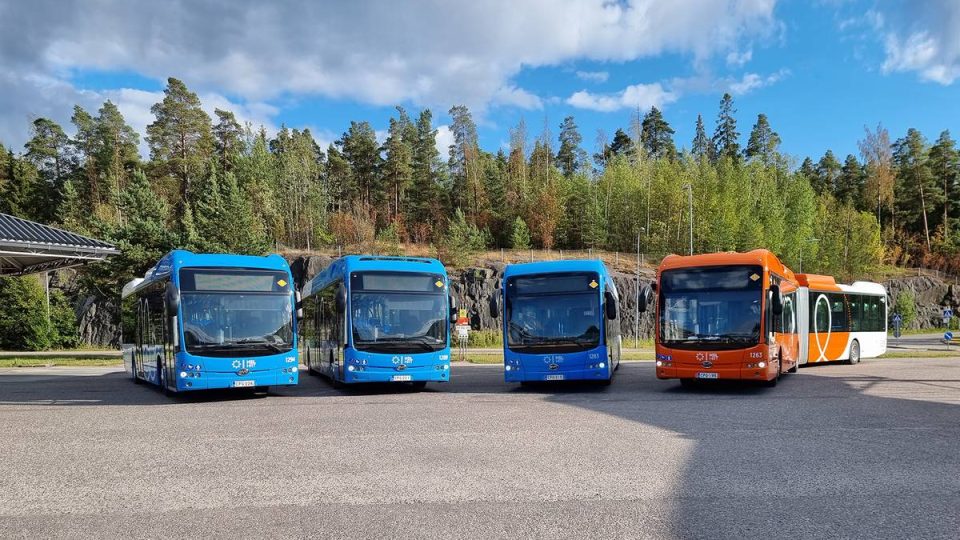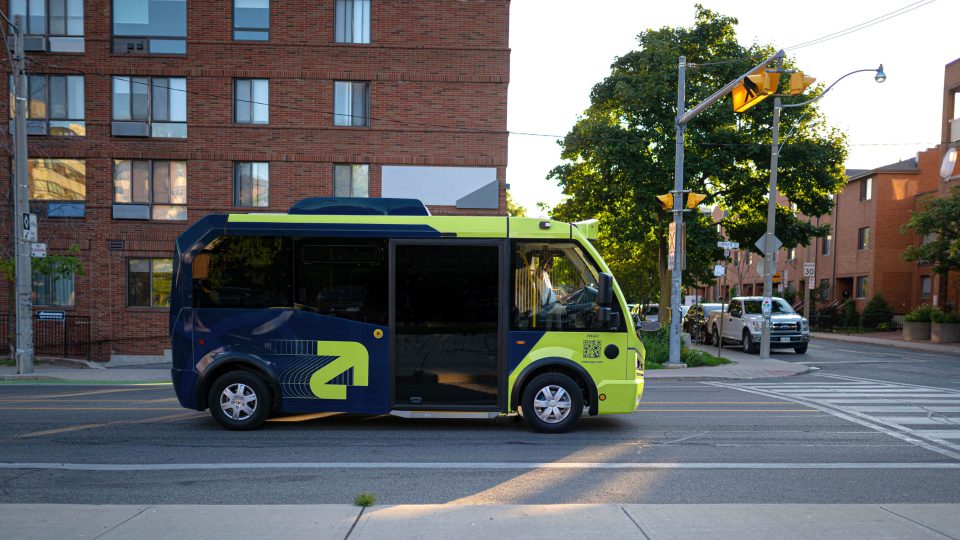Half of the world bus fleet will be battery-powered by 2032, BloombergNEF predicts
According to BloombergNEF’s Electric Vehicle Outlook, by 2032, nearly half of the world’s buses will be fully battery-powered, with almost three out of four buses sold being electric. This surge in electric buses is outpacing the adoption rate of electric passenger vehicles, and commercial trucking still has a long way to go before reaching similar […]

According to BloombergNEF’s Electric Vehicle Outlook, by 2032, nearly half of the world’s buses will be fully battery-powered, with almost three out of four buses sold being electric. This surge in electric buses is outpacing the adoption rate of electric passenger vehicles, and commercial trucking still has a long way to go before reaching similar levels. Even scooters, often seen as an ideal fit for electrification, are progressing at a slower pace, according to the consultancy.
Building on the previous EVO reports by BloombergNEF, in 2021 600,000 e-buses were estimated to be on the road globally (covering 16% of the global fleet). Already in 2018 the consultancy outlined that the electric bus market was set to grow faster than the one of electric cars.

Electric bus, no more a Chinese business
Analyst Maynie Yun Ling Yang from BloombergNEF notes that in 2022, there was a noticeable increase in bus orders from various regions. Previously, the electric bus trend had been predominantly associated with China. However, the momentum has spread globally. In 2021 the consultancy stated that 98% of e-bus sold in 2020 were in China, but by 2025, electric bus sales outside of China were expected to hit 14,000, up from 5,000 in 2020.
Cities around the world are seizing this opportunity to revolutionize their public transportation systems. New York City has set its sights on transitioning its entire fleet of 5,800 buses to electric vehicles by 2040, BloombergNEF underlines. In the United States, school districts are also joining the electrification trend, with approximately 1,000 electric buses already in operation at the end of last year and another 4,000 on order.
The growth of electric buses signifies a crucial step towards a sustainable and cleaner future. As buses are a fundamental mode of public transportation in many cities, their electrification has a profound impact on reducing greenhouse gas emissions, improving air quality, and enhancing overall urban livability. It is also encouraging to see the electric vehicle revolution extending beyond passenger cars, demonstrating that electrification is viable in various transport sectors.
While the transition to electric buses is gaining momentum worldwide, there are still challenges to overcome. Expanding charging infrastructure, optimizing battery technology, and addressing range limitations are key areas that require further attention. Governments, public transportation authorities, and private companies must collaborate to accelerate the deployment of charging stations and provide incentives for bus operators to embrace electrification fully.









